Growing Asparagus at Home might seem daunting, but trust me, with a few clever tricks and a little DIY spirit, you can harvest your own delicious spears right in your backyard! Imagine stepping outside and snipping fresh, vibrant asparagus for your dinner 鈥?no more trips to the grocery store or wondering about freshness.
Asparagus has a rich history, dating back to ancient Greece and Rome, where it was prized for its medicinal properties and culinary delights. The Romans even had special asparagus farms! Today, this perennial vegetable is enjoyed worldwide, and bringing that tradition to your own garden is incredibly rewarding.
Why should you learn these DIY tricks for growing asparagus at home? Well, store-bought asparagus can be expensive and often lacks the flavor of freshly picked spears. Plus, knowing exactly where your food comes from and how it’s grown is incredibly satisfying. This article will equip you with simple, effective hacks to cultivate a thriving asparagus patch, even if you’re a beginner gardener. I’ll share my secrets to ensure a bountiful harvest year after year, saving you money and providing you with the freshest, most flavorful asparagus imaginable. Let’s get started!
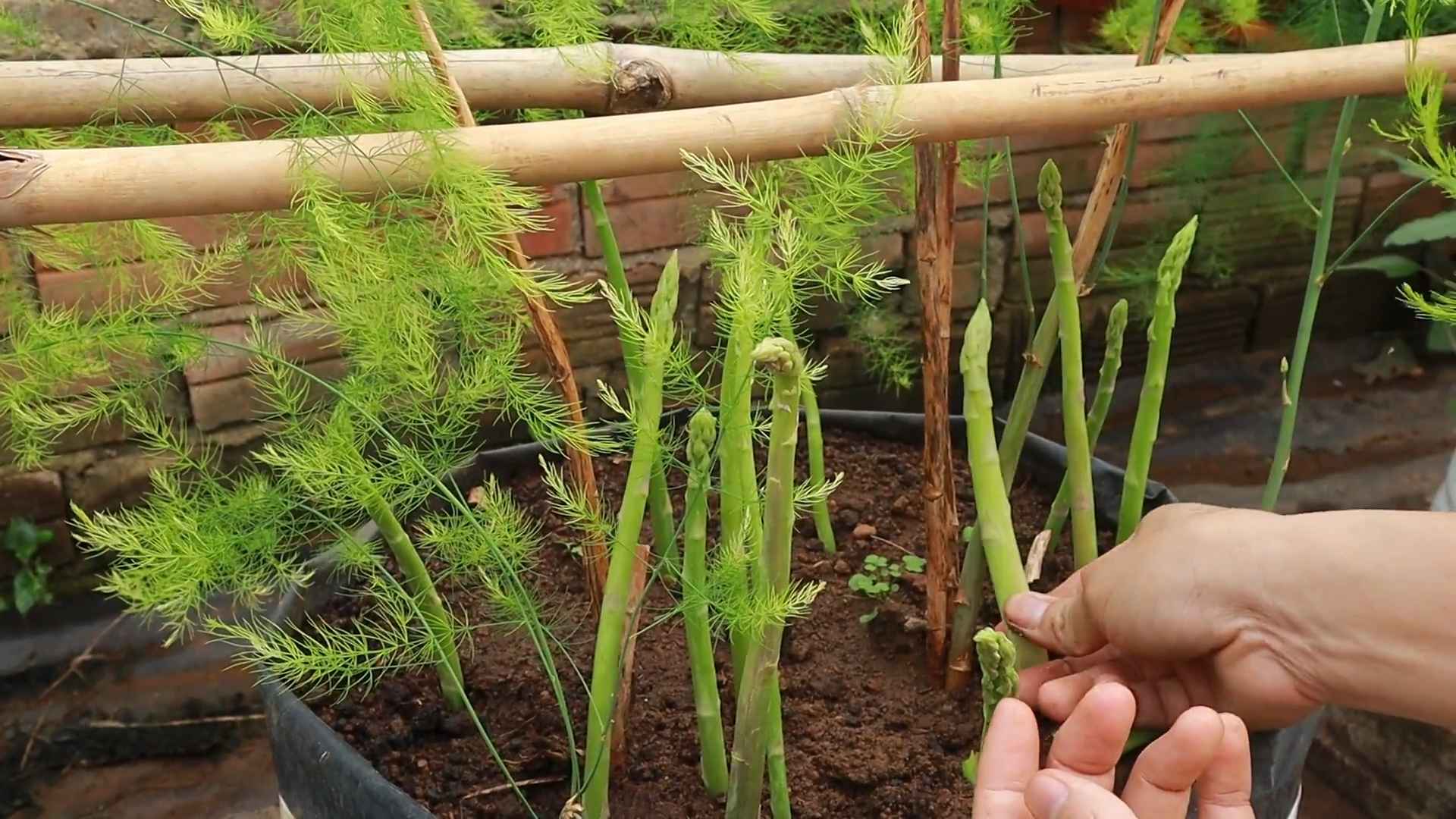
Growing Artichokes: A DIY Guide to Bountiful Harvests
Hey there, fellow gardening enthusiasts! I’m so excited to share my experience with growing artichokes at home. These architectural beauties not only add a unique touch to your garden but also provide a delicious and healthy treat. Don’t be intimidated 鈥?with a little patience and the right know-how, you can absolutely cultivate these thistles in your own backyard. Let’s dive in!
Choosing Your Artichoke Variety
Before we get our hands dirty, let’s talk about choosing the right artichoke variety. This is crucial for success, as some varieties are better suited for certain climates than others.
* ‘Green Globe’: This is the most common and widely available variety. It’s known for its large, round globes and excellent flavor. It’s a great choice for beginners.
* ‘Violetta’: If you’re looking for something a little different, ‘Violetta’ artichokes have a beautiful purple hue. They’re slightly smaller than ‘Green Globe’ but equally delicious.
* ‘Imperial Star’: This variety is known for its early maturity, making it a good option for gardeners in cooler climates with shorter growing seasons.
* ‘Big Heart’: As the name suggests, this variety produces large, meaty hearts with fewer prickly chokes.
Consider your local climate and growing conditions when making your selection. Check with your local nursery or online seed supplier for recommendations specific to your region.
Preparing Your Artichoke Bed
Artichokes are heavy feeders, meaning they need nutrient-rich soil to thrive. Proper soil preparation is key to a successful harvest.
* Sunlight: Artichokes need at least 6-8 hours of direct sunlight per day. Choose a location in your garden that receives plenty of sun.
* Soil: They prefer well-drained, fertile soil with a slightly acidic to neutral pH (around 6.0-7.0).
* Drainage: Good drainage is essential to prevent root rot. If your soil is heavy clay, amend it with plenty of organic matter, such as compost or well-rotted manure.
* Space: Artichokes can grow quite large, reaching up to 3-4 feet tall and wide. Give them plenty of space to spread out 鈥?at least 4 feet between plants.
Step-by-Step Planting Guide
Now for the fun part 鈥?planting! You can start artichokes from seed, but I personally prefer starting with transplants, as it gives them a head start.
1. Start Indoors (Optional): If you’re starting from seed, sow them indoors 8-10 weeks before the last expected frost. Use a seed-starting mix and keep the soil moist but not soggy. Once the seedlings have a few sets of true leaves, you can transplant them into larger pots.
2. Harden Off Transplants: Before planting your transplants outdoors, you’ll need to harden them off. This process gradually acclimates them to the outdoor environment. Start by placing them outside in a sheltered location for a few hours each day, gradually increasing the amount of time they spend outdoors over the course of a week or two.
3. Prepare the Planting Hole: Dig a hole that is twice as wide and as deep as the root ball of your transplant.
4. Amend the Soil: Mix some compost or well-rotted manure into the soil you removed from the hole. This will provide your artichoke with the nutrients it needs to get off to a good start.
5. Plant the Transplant: Gently remove the transplant from its pot and loosen the roots slightly. Place the transplant in the hole, making sure the top of the root ball is level with the surrounding soil.
6. Backfill the Hole: Fill the hole with the amended soil, gently firming it around the base of the plant.
7. Water Thoroughly: Water the newly planted artichoke thoroughly to help settle the soil and encourage root growth.
8. Mulch: Apply a layer of mulch around the base of the plant to help retain moisture, suppress weeds, and regulate soil temperature. I like to use straw or wood chips.
Caring for Your Artichokes
Once your artichokes are planted, they’ll need regular care to thrive.
* Watering: Artichokes need consistent moisture, especially during hot, dry weather. Water deeply and regularly, aiming to keep the soil consistently moist but not waterlogged.
* Fertilizing: As heavy feeders, artichokes benefit from regular fertilization. Apply a balanced fertilizer every few weeks during the growing season. You can also side-dress with compost or well-rotted manure.
* Weeding: Keep the area around your artichokes free of weeds, as they can compete for nutrients and water.
* Pest Control: Artichokes can be susceptible to certain pests, such as aphids, snails, and slugs. Inspect your plants regularly and take action if you notice any signs of infestation. You can use organic pest control methods, such as insecticidal soap or diatomaceous earth.
* Pruning: After the harvest, cut back the spent flower stalks to encourage new growth. In colder climates, you may need to protect your artichokes from frost. Cut back the foliage to about 6 inches and cover the plants with a thick layer of mulch or straw.
Harvesting Your Artichokes
The moment you’ve been waiting for 鈥?harvesting your artichokes!
* Timing: Artichokes are typically ready to harvest in the spring or early summer, depending on your climate and the variety you’re growing.
* Indicators: Look for buds that are plump and firm, with tightly closed scales. The size of the bud will vary depending on the variety.
* Harvesting Technique: Use a sharp knife to cut the artichoke stem about 2-3 inches below the base of the bud.
* Side Shoots: After harvesting the main bud, you can also harvest the smaller side shoots that develop along the stem. These are often more tender than the main bud.
Overwintering Artichokes
If you live in a colder climate (zones 6 and below), you’ll need to take steps to protect your artichokes from frost and freezing temperatures. Artichokes are perennials in warmer climates (zones 7 and above), but they are often grown as annuals in colder regions. However, with proper care, you can overwinter them and enjoy a harvest for several years.
1. Cut Back Foliage: In late fall, after the first frost, cut back the foliage to about 6 inches above the ground.
2. Mulch Heavily: Apply a thick layer of mulch around the base of the plant. Use materials like straw, hay, or shredded leaves. The mulch should be at least 12 inches deep.
3. Cover with a Protective Structure (Optional): For extra protection, you can cover the mulched plant with a cold frame, burlap sack, or other protective structure. This will help to insulate the plant and protect it from extreme cold.
4. Remove Protection in Spring: In early spring, after the danger of frost has passed, gradually remove the mulch and protective structure. As new growth emerges, fertilize the plant and provide regular watering.
Troubleshooting Common Problems
Even with the best care, you may encounter some problems when growing artichokes. Here are a few common issues and how to address them:
* Aphids: These small, sap-sucking insects can weaken your plants. Spray them with insecticidal soap or neem oil.
* Snails and Slugs: These pests can damage the leaves and buds of your artichokes. Use snail bait or handpick them off the plants.
* Root Rot: This fungal disease can occur in poorly drained soil. Ensure your soil is well-draining and avoid overwatering.
* Lack of Bud Production: This can be caused by insufficient sunlight, poor soil, or lack of fertilization. Make sure your artichokes are getting enough sun, amend the soil with compost, and fertilize regularly.
Enjoying Your Harvest
Now that you’ve harvested your artichokes, it’s time to enjoy the fruits (or rather, the thistles) of your labor! Artichokes can be steamed, boiled, grilled, or baked. They’re delicious served with melted butter, aioli, or a vinaigrette. You can also use the hearts in salads, dips, and other dishes.
Here are a few of my favorite ways to prepare artichokes:
* Steamed Artichokes: This is the classic method. Simply steam the artichokes until the leaves are tender and easily pulled off. Serve with melted butter or aioli.
* Grilled Artichokes: Grilling artichokes gives them a smoky flavor. Cut the artichokes in half lengthwise, brush them with olive oil, and grill them over medium heat until tender.
* Artichoke Dip: This creamy dip is always a crowd-pleaser. Combine artichoke hearts, mayonnaise, sour
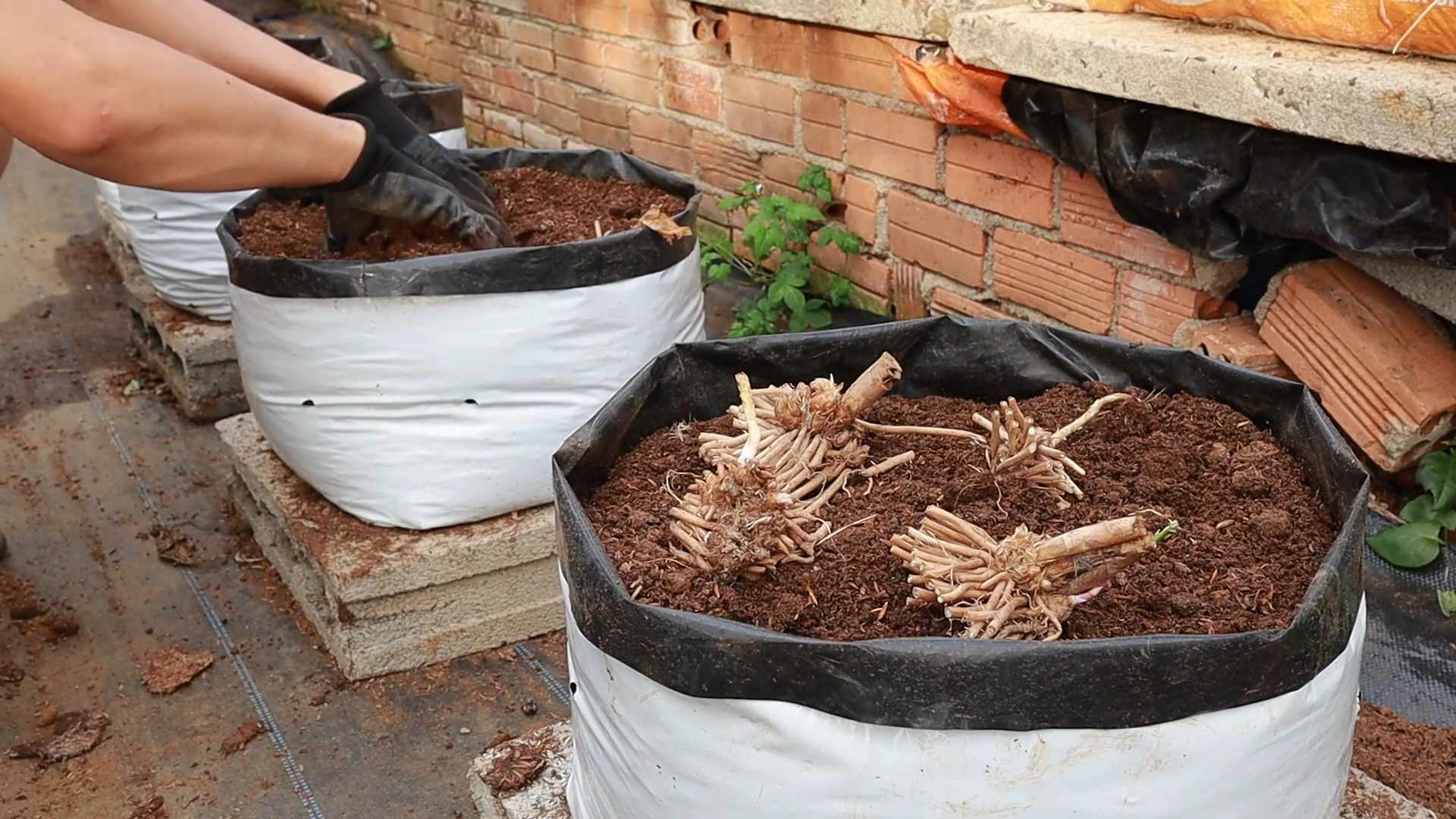
Conclusion
So, there you have it! Growing asparagus at home, while requiring patience, is an incredibly rewarding endeavor. Forget those expensive, often lackluster spears from the grocery store. Imagine stepping into your backyard and harvesting tender, flavorful asparagus, bursting with freshness and nutrients. This DIY trick isn’t just about saving money; it’s about connecting with your food, understanding the growing process, and enjoying a culinary delight that’s far superior to anything you can buy.
The initial investment of time and effort in establishing your asparagus bed will pay dividends for years to come. Think of it as planting a legacy 鈥?a sustainable source of deliciousness that you can share with family and friends. And the satisfaction of nurturing these plants from crowns to mature producers is truly unmatched.
But don’t just take our word for it. We encourage you to embark on this asparagus-growing adventure yourself! Experiment with different varieties to find your favorites. Perhaps you’d like to try growing purple asparagus for its unique color and slightly sweeter flavor, or maybe you’re interested in a more disease-resistant variety. Consider companion planting with herbs like parsley or basil to deter pests and enhance the flavor of your asparagus.
Remember, success in gardening often comes from learning and adapting. Don’t be afraid to tweak the methods we’ve outlined to suit your specific climate and soil conditions. If you live in a particularly cold region, consider providing extra winter protection for your crowns. If your soil is heavy clay, amend it generously with organic matter to improve drainage.
The key is to be observant, patient, and persistent. Watch your plants carefully, learn to recognize the signs of pests or diseases, and adjust your care accordingly. And most importantly, don’t give up! Even experienced gardeners face challenges, but the rewards of growing your own asparagus are well worth the effort.
We’re confident that with a little dedication, you’ll be enjoying a bountiful harvest of homegrown asparagus in no time. So, grab your gardening gloves, prepare your soil, and get ready to experience the joy of growing your own delicious and nutritious asparagus.
We’d love to hear about your experiences! Share your tips, successes, and challenges in the comments below. Let’s build a community of asparagus enthusiasts and learn from each other. Happy gardening!
Frequently Asked Questions (FAQ)
What is the best time of year to plant asparagus crowns?
The ideal time to plant asparagus crowns is in early spring, as soon as the ground can be worked. This allows the crowns to establish themselves before the heat of summer arrives. In warmer climates, you can also plant in the fall. Avoid planting during periods of heavy frost or extreme heat.
How long does it take for asparagus to produce a harvest?
Patience is key when growing asparagus! It typically takes two to three years after planting crowns before you can begin harvesting. In the first year, allow the plants to grow and establish a strong root system. In the second year, you can harvest a few spears, but limit the harvest to a week or two. By the third year, you can enjoy a more substantial harvest, typically lasting for six to eight weeks.
What type of soil is best for growing asparagus?
Asparagus thrives in well-drained, fertile soil with a pH between 6.5 and 7.5. Amend heavy clay soils with plenty of organic matter, such as compost or well-rotted manure, to improve drainage and aeration. Sandy soils should also be amended with organic matter to improve water retention.
How deep should I plant asparagus crowns?
Dig a trench that is approximately 6-8 inches deep and 12 inches wide. Create a small mound of soil in the center of the trench and place the asparagus crown on top of the mound, spreading the roots out around it. Cover the crown with about 2 inches of soil. As the asparagus grows, gradually fill in the trench with soil until it is level with the surrounding ground.
How much sun does asparagus need?
Asparagus requires at least six to eight hours of direct sunlight per day to thrive. Choose a location in your garden that receives plenty of sunlight throughout the growing season.
How often should I water asparagus?
Water asparagus regularly, especially during dry periods. Aim to keep the soil consistently moist, but not waterlogged. Water deeply and less frequently, rather than shallowly and more often.
What are some common asparagus pests and diseases?
Common asparagus pests include asparagus beetles, aphids, and cutworms. Diseases that can affect asparagus include asparagus rust and Fusarium crown and root rot. Monitor your plants regularly for signs of pests or diseases and take appropriate action if necessary. Organic pest control methods, such as insecticidal soap or neem oil, can be effective for controlling many pests. Ensure good air circulation around your plants to help prevent fungal diseases.
How do I harvest asparagus?
Harvest asparagus spears when they are about 6-8 inches tall and the tips are still tightly closed. Use a sharp knife to cut the spears at ground level. Avoid damaging the surrounding spears or the crown.
How do I care for asparagus after the harvest season?
After the harvest season, allow the asparagus ferns to grow and mature. These ferns will help to replenish the plant’s energy reserves for the following year’s harvest. Fertilize the asparagus bed with a balanced fertilizer in late spring or early summer. Cut back the ferns to ground level in late fall or early winter after they have turned brown and dried out.
Can I grow asparagus in containers?
Yes, you can grow asparagus in containers, but it requires a large container (at least 18 inches in diameter and depth) and well-draining potting mix. Container-grown asparagus may not produce as abundantly as asparagus grown in the ground, but it can be a good option for gardeners with limited space.
What are some good companion plants for asparagus?
Good companion plants for asparagus include tomatoes, basil, parsley, marigolds, and nasturtiums. These plants can help to deter pests, improve soil health, or enhance the flavor of asparagus. Avoid planting asparagus near onions, garlic, or potatoes, as these plants can inhibit its growth.
How often should I fertilize my asparagus bed?
Fertilize your asparagus bed in early spring before the spears emerge and again after the harvest season. Use a balanced fertilizer or a fertilizer specifically formulated for asparagus. Follow the instructions on the fertilizer label for application rates. You can also amend the soil with compost or well-rotted manure to provide additional nutrients.
How long will an asparagus bed last?
With proper care, an asparagus bed can last for 15-20 years or even longer. Regular fertilization, watering, and pest control are essential for maintaining a healthy and productive asparagus bed.

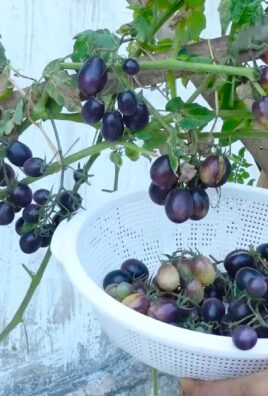
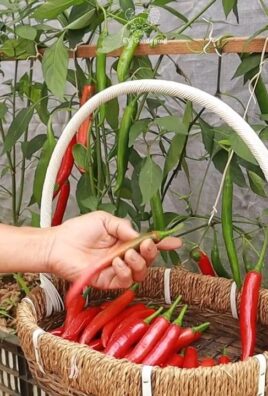
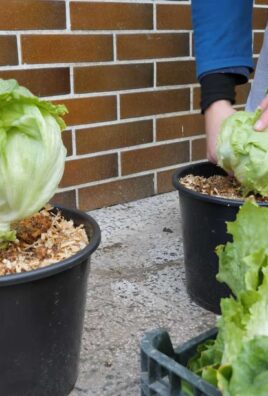
Leave a Comment